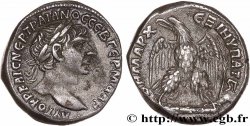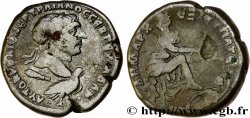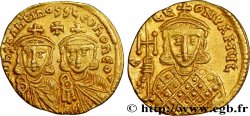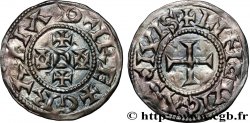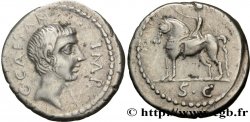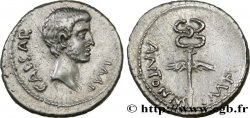Live auction - brm_340780 - TRAJANUS Dupondius
You must signin and be an approved bidder to bid, LOGIN TO BID. Accounts are subject to approval and the approval process takes place within 48 hours. Do not wait until the day a sale closes to register. Clicking on "BID" constitutes acceptance of the terms of use of cgb.fr private live auctions.
Bids must be placed in whole Euro amounts only. The sale will start closing at the time stated on the item description; any bids received at the site after the closing time will not be executed. Transmission times may vary and bids could be rejected if you wait until the last second. For further information check the Live auction FAQ
All winning bids are subject to a 18% buyer’s fee.
All winning bids are subject to a 18% buyer’s fee.
| Estimate : | 550 € |
| Price : | no bid |
| Maximum bid : | no bid |
| End of the sale : | 03 December 2014 15:27:22 |
Type : Dupondius
Date: 101
Mint name / Town : Roma
Metal : copper
Diameter : 28,5 mm
Orientation dies : 6 h.
Weight : 14,23 g.
Rarity : R1
Officine: 1re
Coments on the condition:
Exemplaire sur un flan large et ovale bien centré des deux côtés avec les grènetis visibles. Très belle tête de Trajan taillée à la serpe. Revers de style fin à l’usure superficielle. Magnifique patine verte
Catalogue references :
Obverse
Obverse legend : IMP CAES NERVA TRAIAN AVG GERM P M.
Obverse description : Buste radié de Trajan à droite, drapé sur l’épaule gauche (O2).
Obverse translation : “Imperator Cæsar Nerva Traianus Augustus Germanicus Pontifex Maximus”, (L'empereur césar Nerva Trajan auguste, germanique grand pontife).
Reverse
Reverse legend : TR POT - COS IIII P P// S C.
Reverse description : Abundantia (l'Abondance) drapée, assise à gauche sur un siège formé de deux cornes d'abondance, tenant un sceptre de la main droite, le coude gauche appuyé sur son siège.
Reverse translation : “Tribunicia Potestate Consul quartum Pater Patriæ”, (Revêtu de la puissance tribunitienne consul pour la quatrième fois père de la patrie).
Commentary
Rubans de type 3. Portrait massif du début du règne. Buste drapé sur l’épaule avec le paludamentum visible sur le cou. Ce type de buste semble beaucoup plus rare.







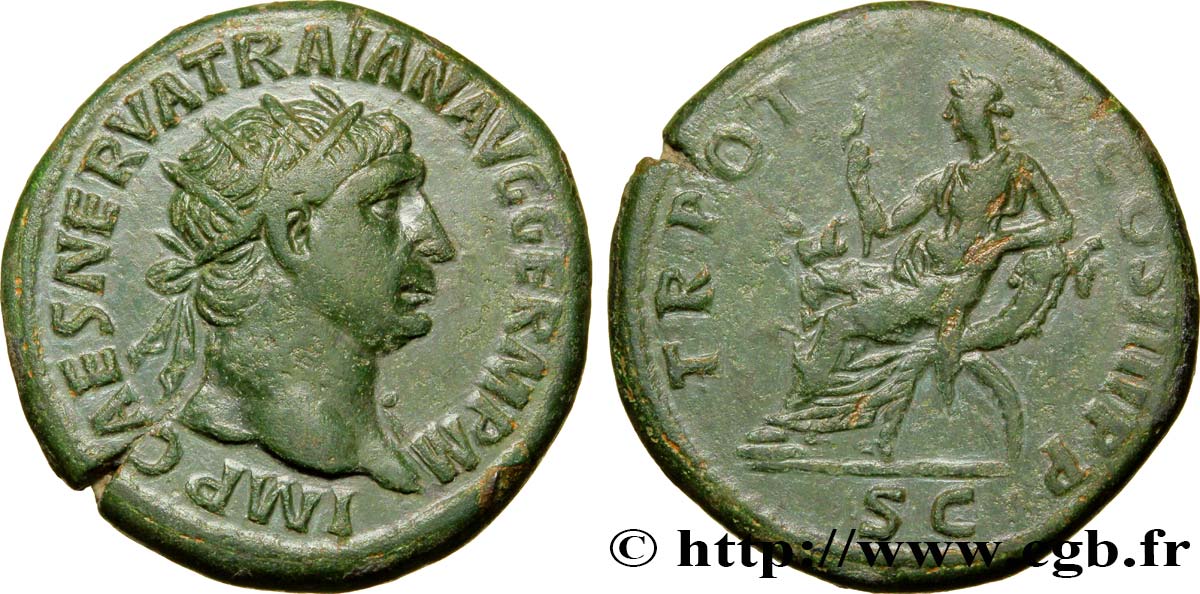
 Report a mistake
Report a mistake Print the page
Print the page Share my selection
Share my selection Ask a question
Ask a question Consign / sell
Consign / sell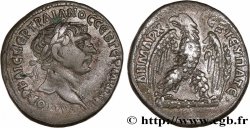
 Full data
Full data